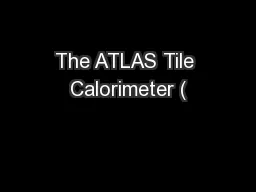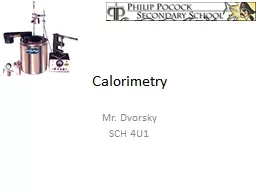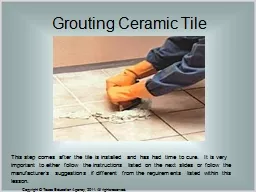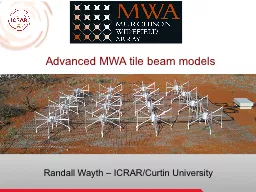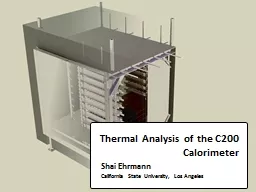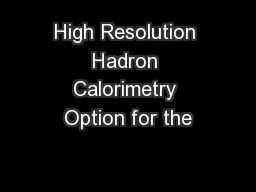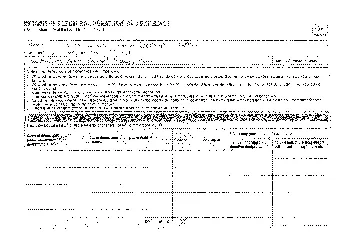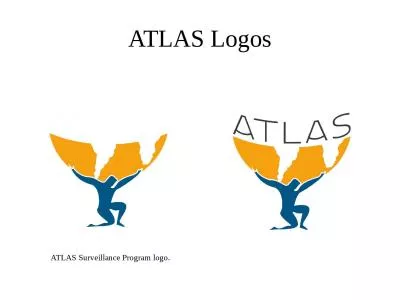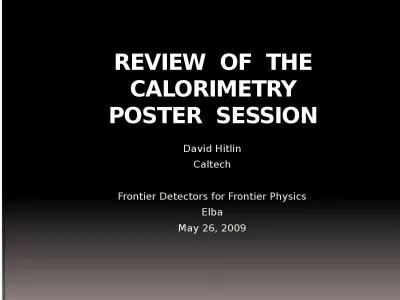PPT-The ATLAS Tile Calorimeter (
Author : test | Published Date : 2017-09-01
TileCal at the LHC is used to measure the hadrons produced with polar angles gt21 0 and the energy deposition of 20MeV to 13TeV in the detector cells The total
Presentation Embed Code
Download Presentation
Download Presentation The PPT/PDF document "The ATLAS Tile Calorimeter (" is the property of its rightful owner. Permission is granted to download and print the materials on this website for personal, non-commercial use only, and to display it on your personal computer provided you do not modify the materials and that you retain all copyright notices contained in the materials. By downloading content from our website, you accept the terms of this agreement.
The ATLAS Tile Calorimeter (: Transcript
Download Rules Of Document
"The ATLAS Tile Calorimeter ("The content belongs to its owner. You may download and print it for personal use, without modification, and keep all copyright notices. By downloading, you agree to these terms.
Related Documents

